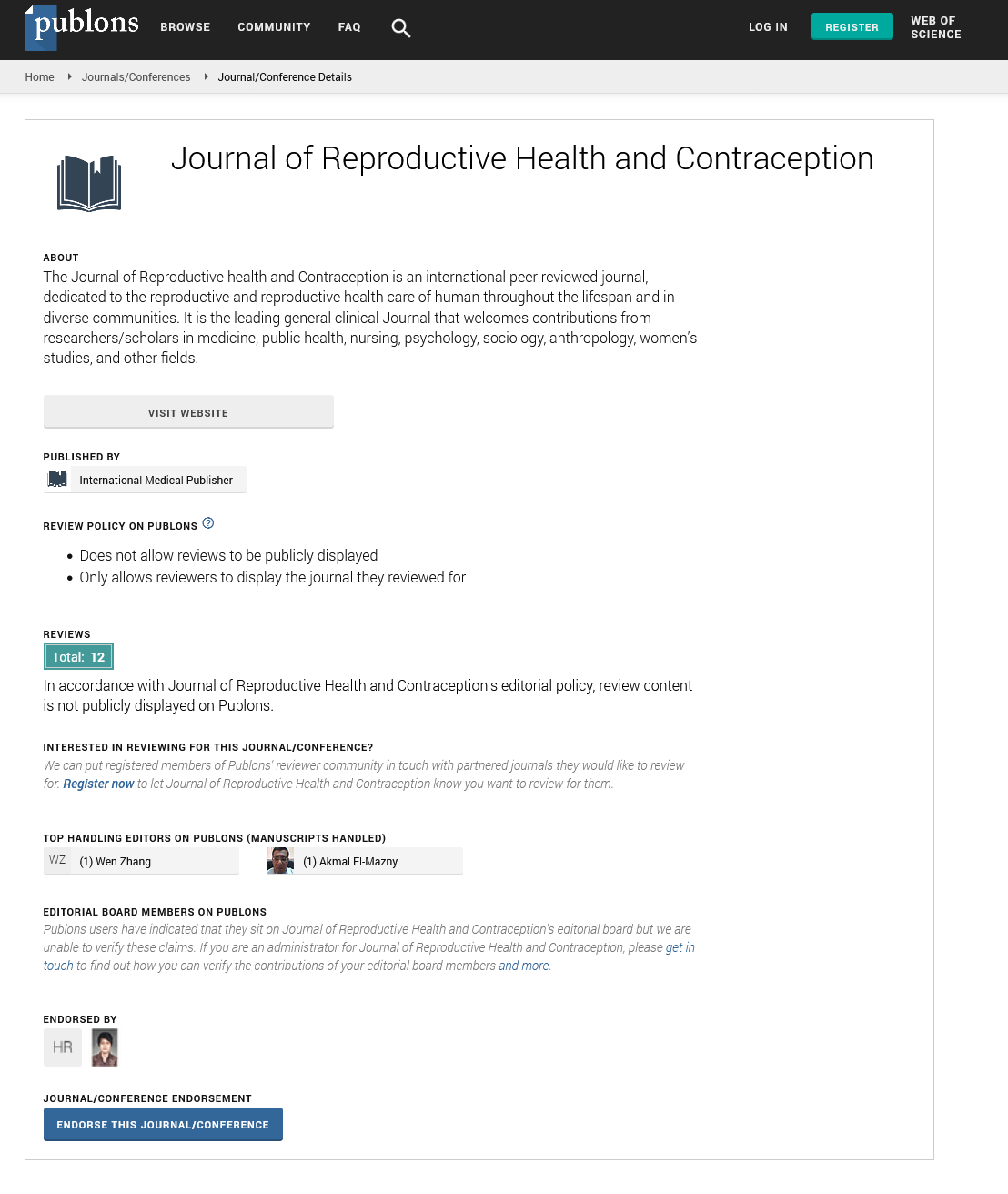ISSN : 2471-9749
Journal of Reproductive Health and Contraception
Perinatal mortality and its determinants in sub saharan african countries: Systematic review and meta-analysis
Global Summit on Nursing care and Midwifery
May 26-27, 2021 | Webinar
Dawit Arega
Department of Midwifery, Debre Tabor University
ScientificTracks Abstracts: J Contracept Stud
Abstract
Despite decreasing overall perinatal and maternal mortality in high-income countries, perinatal and maternal health inequalities are persisting in Sub Saharan African countries. Therefore, the purpose of this study aimed to determine the effects size of rates and determinants for perinatal mortality in Sub-Saharan countries. Method: The sources for electronic datasets were PubMed, Medline, EMBASE, SCOPUS, Google, Google Scholar, and WHO data Library. Observational studies published in the English language from January 01, 2000, to May 30, 2019 were included. STROBE and JBI tools were used to include relevant articles for this review. We used a Comprehensive Meta-Analysis version 2 software for this analysis. The I 2 and Q-statistic values were used to detect the level of heterogeneity. The Kendall's without continuity correction, Begg and Mazumdar rank correlation and Egger's linear regression tests were used to detect the existence of significant publication bias (P < 0.10). The effects size were expressed in the form of point estimate and odds ratio with 95% CI (P < 0.05) in the random effect analysis using the trim and fill method. Result: Twenty-one articles were included in this review. However, only fourteen studies reported the perinatal mortality rate. Among 14 studies, the observed and adjusted PMR was found to be 58.35 and 42.95 respectively. The odds of perinatal mortality among mothers who had no ANC visits was 2.04 (CI: 1.67, 2.49, P < 0.0001) as compared to those who had at least one ANC visit. The odds of perinatal mortality among preterm babies was 4.42 (CI: 2.83, 6.88, P < 0.0001). Conclusion: In most cases, heterogeneity was not evident when subgroup analyses were assessed by region, study design, and setting. Only perinatal mortality (P < 0.0001), antenatal care (P < 0.046) and preterm births (P < 0.034) showed a relationship between the standardized effect sizes and standard errors of these effects.
Google Scholar citation report
Citations : 201
Journal of Reproductive Health and Contraception received 201 citations as per Google Scholar report
Journal of Reproductive Health and Contraception peer review process verified at publons
Abstracted/Indexed in
- Google Scholar
- China National Knowledge Infrastructure (CNKI)
- WorldCat
- Publons
Open Access Journals
- Aquaculture & Veterinary Science
- Chemistry & Chemical Sciences
- Clinical Sciences
- Engineering
- General Science
- Genetics & Molecular Biology
- Health Care & Nursing
- Immunology & Microbiology
- Materials Science
- Mathematics & Physics
- Medical Sciences
- Neurology & Psychiatry
- Oncology & Cancer Science
- Pharmaceutical Sciences
